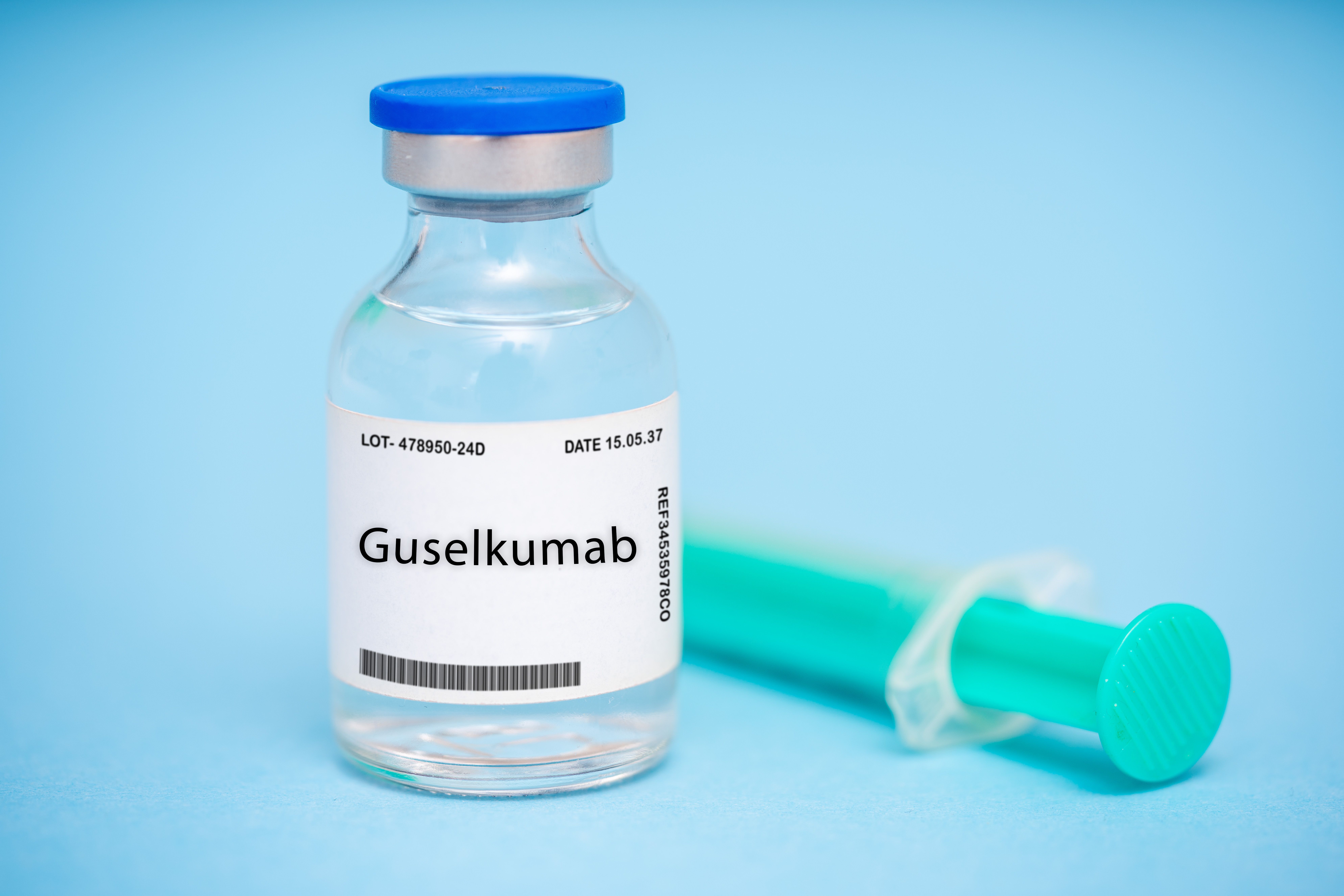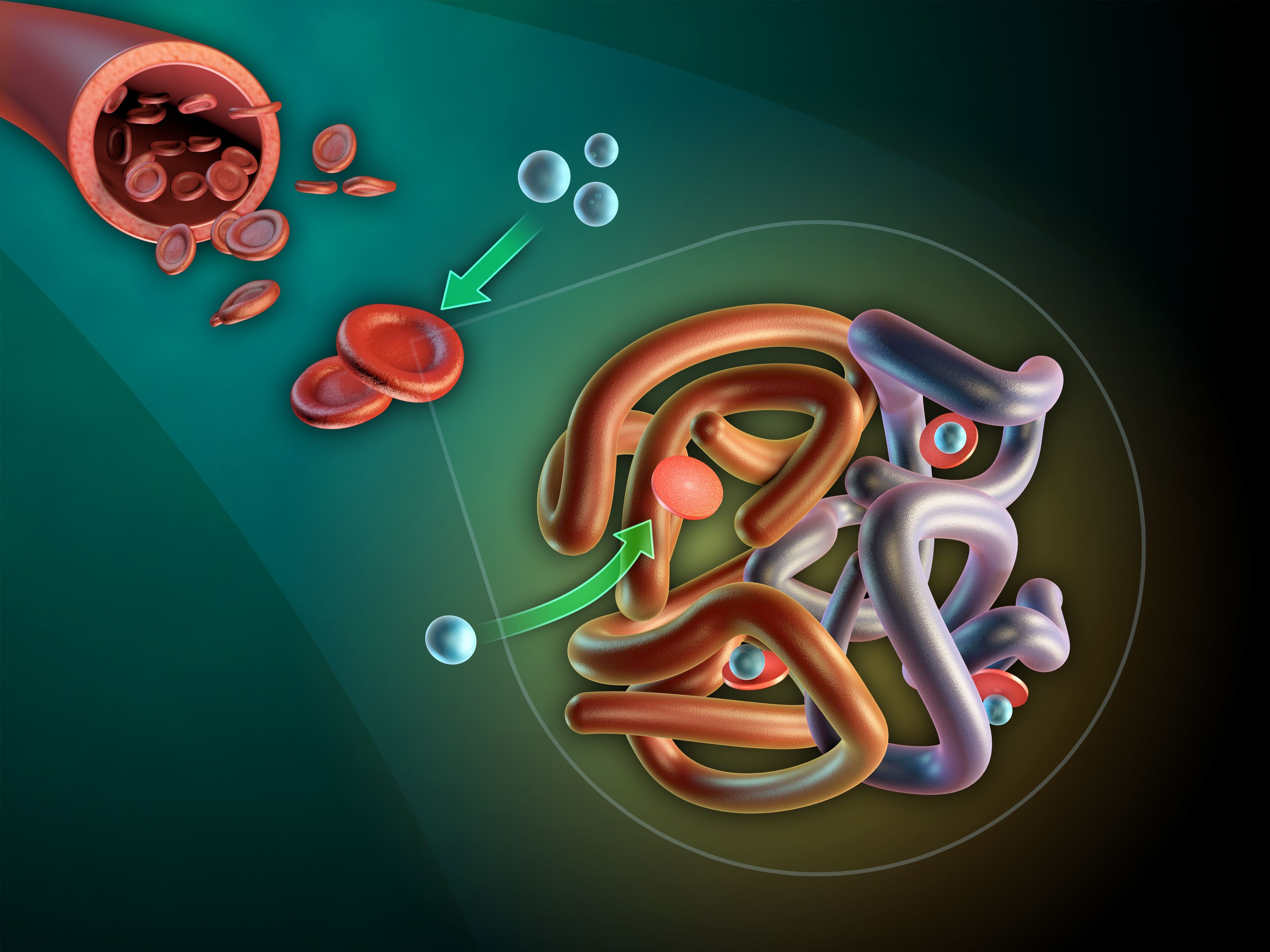Article
Review of Current EoE Treatment Landscape Highlights Several Promising Agents
Author(s):
A recent review points to a host of potentially disease-modifying agents currently in clinical trials.
Eosinophilic esophagitis (EoE), a chronic immune condition affecting the gastrointestinal system, has seen several therapeutic advances in recent years, while this month, the FDA approved the first treatment specifically indicated for the condition. Dupilumab (Dupixent) is a biologic approved to treat EoE in adults and children 12 years and older.
A review published in the journal Gastroenterology and Hepatology prior to the approval gives an overview of the current standard treatments and ongoing research in EoE.
EoE is characterized by eosinophilic infiltration of the esophageal mucosa, and the current treatment landscape is minimal. Typically, it is treated with a proton pump inhibitor (PPI) or swallowed topical corticosteroid, or dietary restriction with a goal of preventing irreversible stricturing disease. EoE has also become more common as awareness of the condition rose in recent decades.
Dietary approaches, including directed elimination diets, 6-food elimination, and exclusive elemental formula for children, have varied success rates. More restrictive diets have also proven relatively successful therapy options, but adherence to such strict eating regimens can be difficult for patients.
Standard-of-care corticosteroids, including fluticasone and budesonide, have also elicited mixed results for a variety of reasons. Because they are typically administered with either swallowed aerosolization or in a suspension mixed by patients, there is currently a lack of standardization in these therapies. There is also a lack of mixing agents designed for esophageal medication, the authors noted.
In recent years, new corticosteroid options have also emerged, including the budesonide oral suspension TAK-721, an orodispersible tablet formulation of budesonide, and an oral disintegrating tablet formulation of fluticasone (APT-1011).
TAK-721 was granted FDA Priority Review in 2020, but further research is needed for approval. However, it has shown effectiveness in a phase 3 trial as well as phase 2 trial findings, with phase 3 research showing a 53% response rate after 12 weeks in adults and adolescents.
An orodispersible tablet formulation of budesonide was approved by the European Medicines Agency for EoE, with phase 3 data showing a 70% rate of remission in EoE patients after 48 weeks.
APT-1011 was granted Fast Track designation by the FDA and is currently in phase 3 trials. Phase 2 data showed histologic response in up to 86% of patients at 12 weeks of treatment, and 84% of those responders sustained longer-term remission.
The alternative corticosteroid preparations mometasone and ciclesonide have also been tested and demonstrated efficacy for symptom relief in EoE. Additional agents, including the monoclonal antibodies cendakimab, lirentelimab, benralizumab, and mepolizumab, might also hold potential. These biologics are all in ongoing phase 2 or 3 trials for EoE, and benralizumab and mepolizumab are approved for other allergic diseases and asthma. Further research is needed to confirm potential benefits for patients with EoE.
The authors conclude that although dietary approaches, swallowed topical corticosteroids, and PPI therapy remain go-to treatments to mitigate symptoms of EoE, more research on potentially disease-modifying therapies is warranted. While there are a number of ongoing trials for new EoE therapy options, further studies are necessary to confirm efficacy and long-term outcomes.
Reference
Syverson EP, Hait E. Update on emerging pharmacologic therapies for patients with eosinophilic esophagitis. Gastroenterol Hepatol (N Y). 2022;18(4):207-212.





